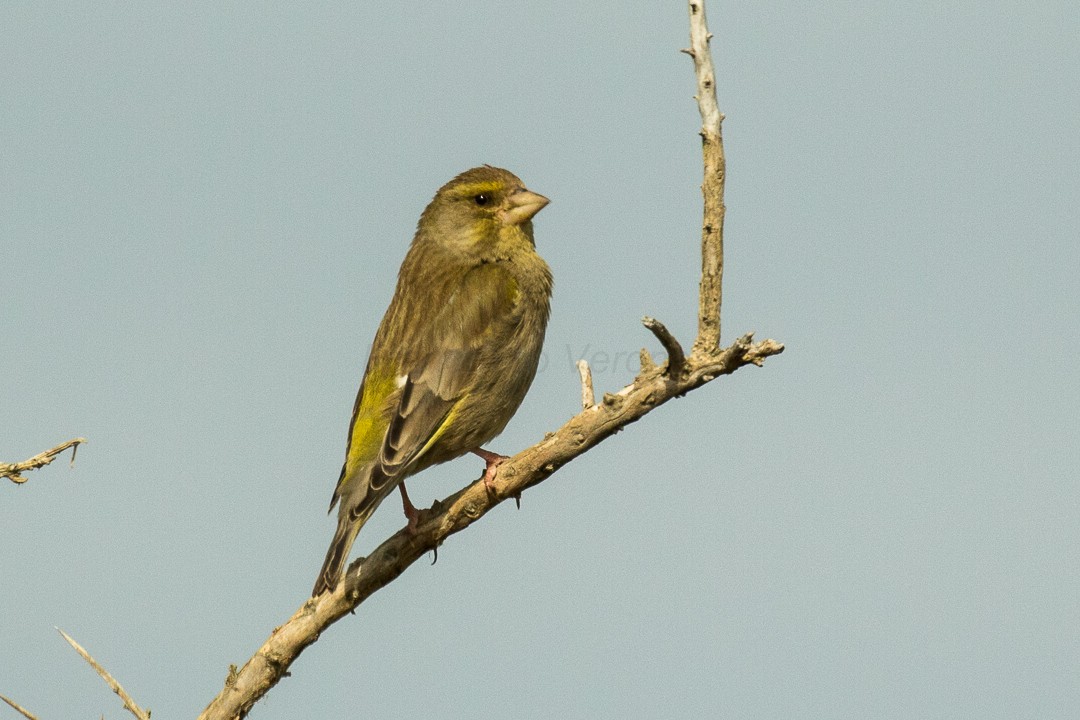European Greenfinch
A species of Greenfinches, Also known as Common Greenfinch Scientific name : Chloris chloris Genus : Greenfinches
European Greenfinch, A species of Greenfinches
Also known as:
Common Greenfinch
Botanical name: Chloris chloris
Genus: Greenfinches
Content
Description People often ask General Info
 Photo By Francesco Veronesi , used under CC-BY-SA-2.0 /Cropped and compressed from original
Photo By Francesco Veronesi , used under CC-BY-SA-2.0 /Cropped and compressed from original Description
The european Greenfinch is a sociable bird and often forms flocks, particularly in the winter. The population of this species has been in decline due to loss of habitat and changes in land use. Identify this bird by its bright yellow head and breast on males, and green-brown head on females, and its sociable behavior in open woodlands, gardens, parks, and hedgerows. 
Size
16 cm
Life Expectancy
13 years
Nest Placement
Shrub
Feeding Habits
European Greenfinch feasts on a diverse diet of seeds, buds, fruits, and arthropods, exhibiting a versatile foraging technique both on the ground and at varying heights in vegetation. Known for unique behaviors like feeding upside-down and ejecting seeds by squeezing fruit, european Greenfinch forms large flocks post-breeding for combined foraging efforts and is a frequent visitor to garden feeders.
Habitat
European Greenfinch thrive in diverse habitats spanning boreal, temperate, and Mediterranean zones, including forest edges, woodlands, and groves. These birds also frequent man-made settings like urban parks and gardens. Essential habitat elements include dense vegetation, shrubbery, and areas like juniper scrub in Central Asia. In non-breeding seasons, european Greenfinch inhabit open fields and coastal vegetated zones.
Dite type
Granivorous
People often ask
General Info
Feeding Habits
Bird food type
Behavior
Woodland edges, farmland hedges and gardens with relatively thick vegetation are favoured for breeding. It nests in trees or bushes, laying 3 to 6 eggs. This species can form large flocks outside the breeding season, sometimes mixing with other finches and buntings. They feed largely on seeds, but also take berries. 
Species Status
Not globally threatened.
Scientific Classification
Phylum
Chordates Class
Birds Order
Perching birds Family
Finches Genus
Greenfinches Species
European Greenfinch